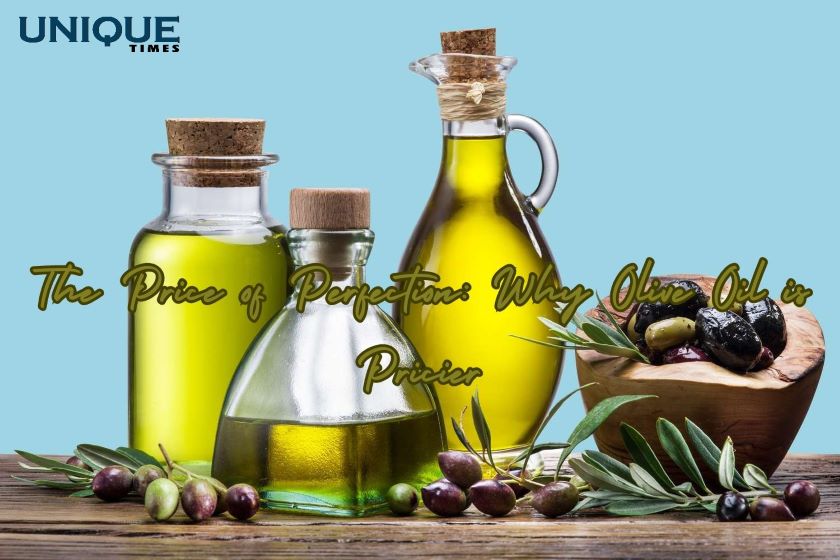Liquid Gold: Unveiling the Reasons Behind the Price of Olive Oil

Olive oil, often referred to as “liquid gold,” is celebrated for its rich flavor, health benefits, and versatility in the culinary world. However, its premium status comes with a price tag that may leave consumers wondering why this kitchen staple tends to be more expensive than other cooking oils. Let’s explore the factors that contribute to the higher cost of olive oil.
- Limited Geographic Distribution: Olive trees thrive in specific climates, predominantly the Mediterranean region. The limited geographic distribution of olive cultivation makes the production of olive oil inherently constrained, leading to lower supply and higher prices.
- Labor-Intensive Harvesting: Harvesting olives is a labor-intensive process that often involves hand-picking to avoid damaging the delicate fruit. This manual harvesting method adds to the production costs, contributing to the overall expense of olive oil.
- Low Oil Yield: Olives have a lower oil content compared to other oilseeds like soybeans or sunflower seeds. The extraction process yields less oil per unit, further amplifying the production costs and, subsequently, the price of olive oil.
- Time-Consuming Extraction Process: Extracting olive oil is a meticulous process that requires precision and time. The traditional method involves pressing olives to extract the oil, which is a slower process than the mechanical extraction methods used for other oils.
- Quality Standards: High-quality olive oil comes with stringent quality standards. Extra virgin olive oil, prized for its superior taste and health benefits, undergoes strict criteria, including specific acidity levels and taste profiles. Meeting these standards requires careful attention, contributing to the overall cost.
- Environmental Factors: Olive trees are susceptible to various environmental factors such as pests and diseases. Protecting olive groves from these threats often involves organic or sustainable farming practices, adding to the cost of production.
- Transportation and Packaging: Olive oil is often produced in specific regions and transported globally to meet demand. The costs associated with transportation and the use of quality packaging to maintain the oil’s freshness contribute to the overall price.
Conclusion:
While the cost of olive oil may be higher compared to other cooking oils, understanding the intricacies of its production process and the factors influencing its price helps us appreciate the value it brings to our culinary experiences. As consumers, recognizing the dedication, craftsmanship, and environmental considerations involved in producing olive oil reinforces its well-deserved status as a culinary treasure.
Picture Courtesy: Google/images are subject to copyright








